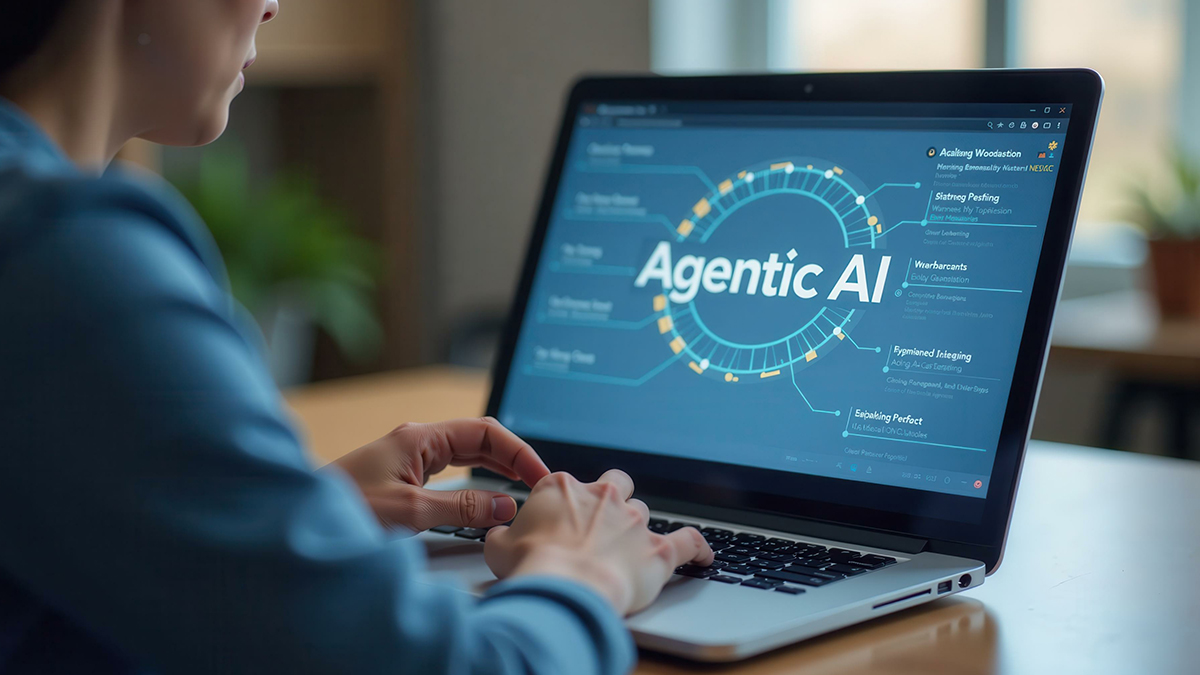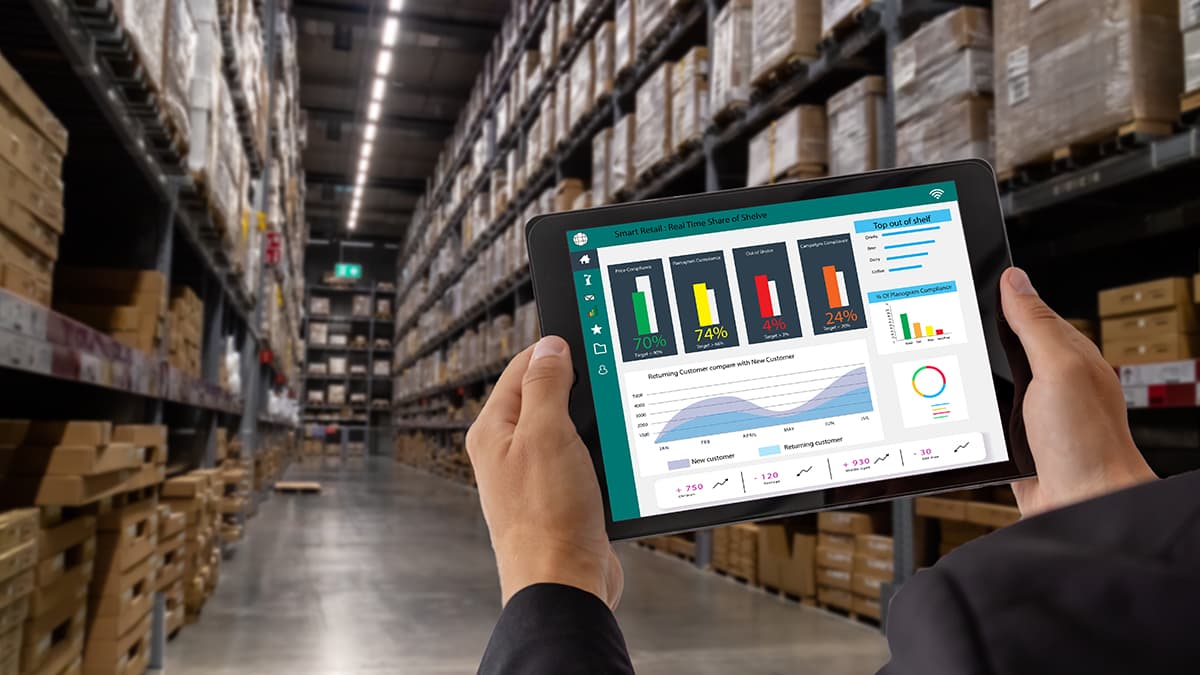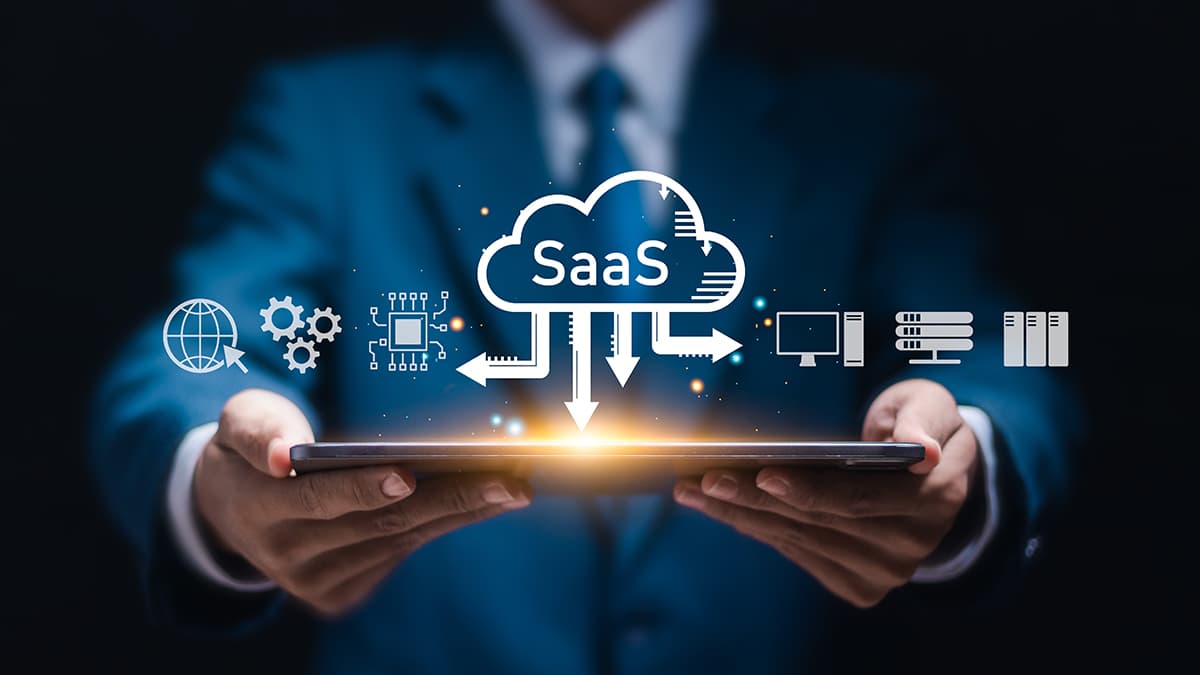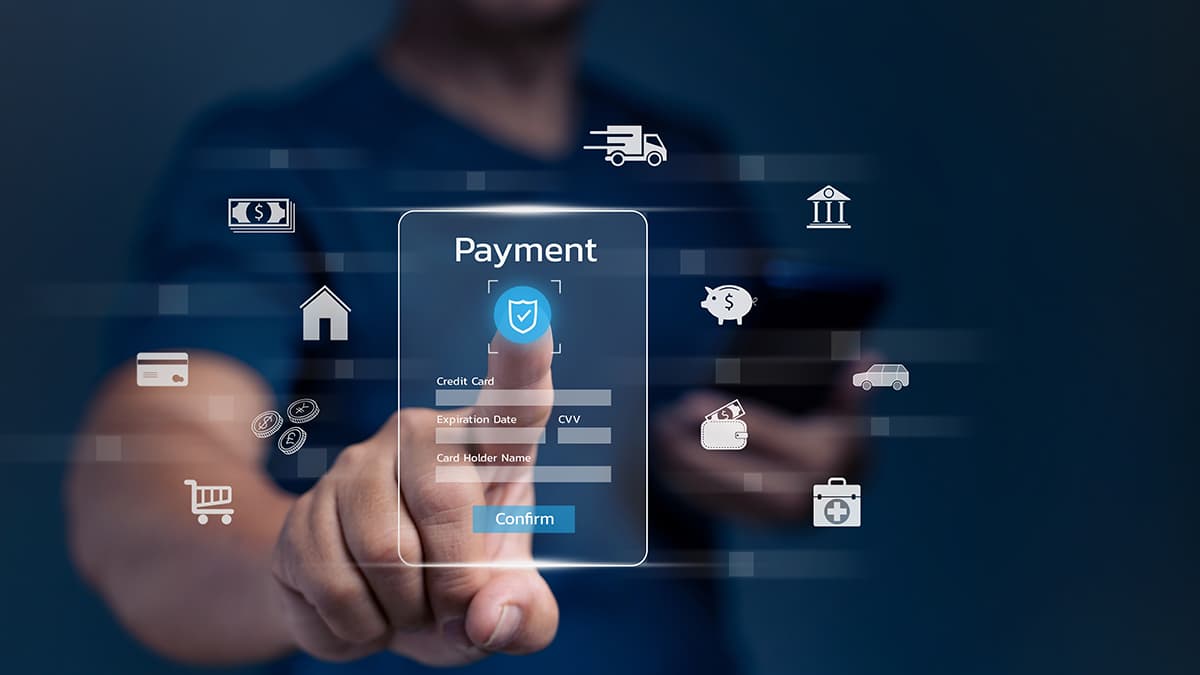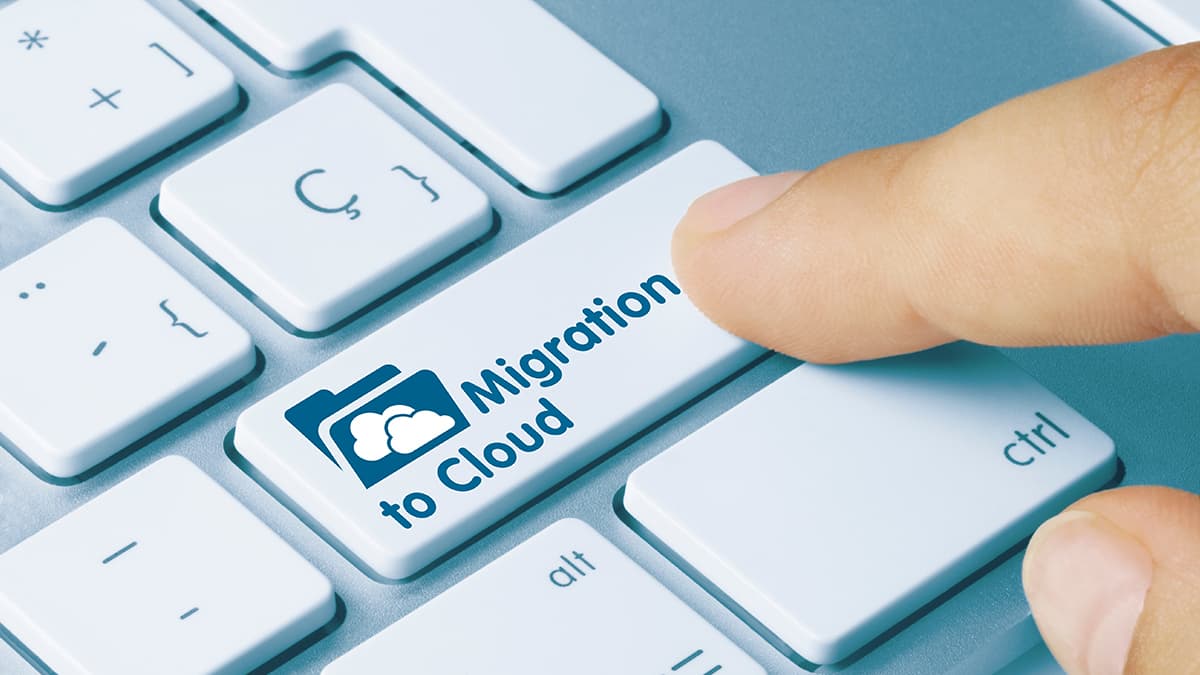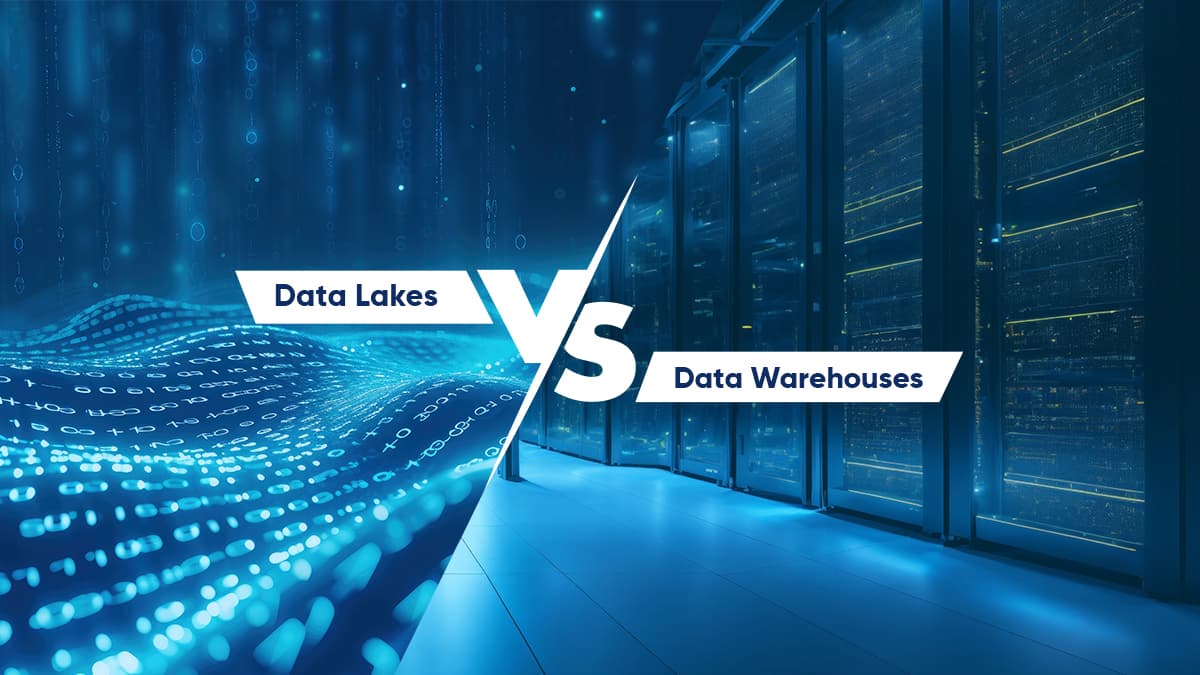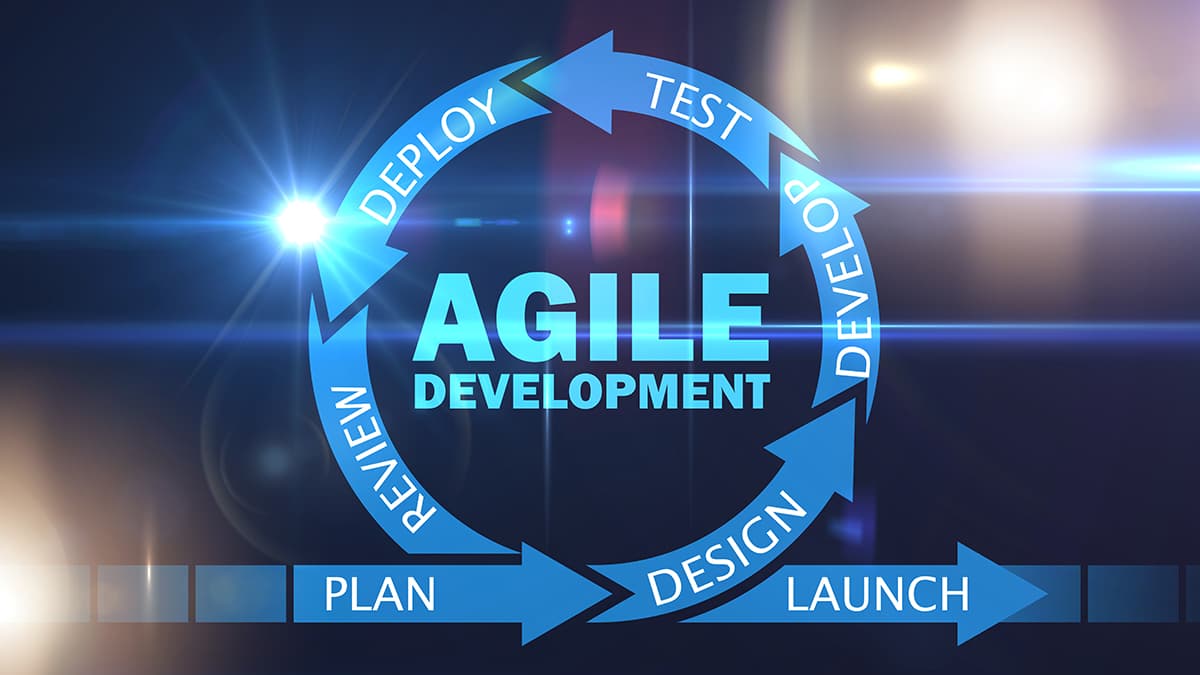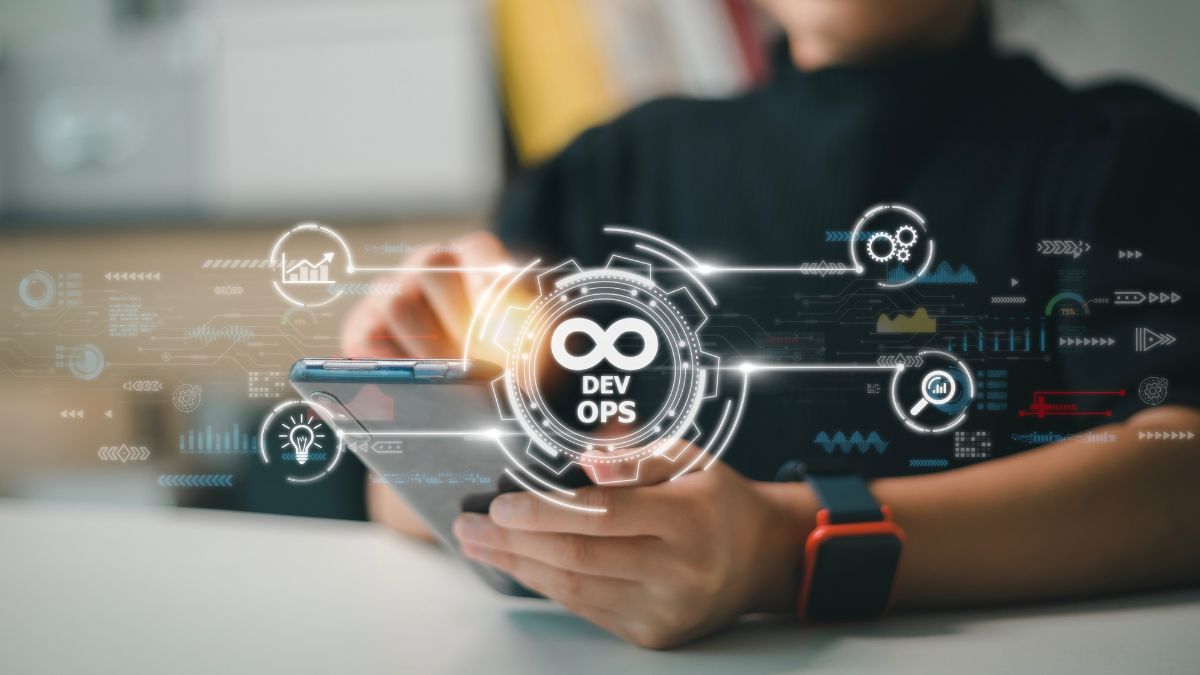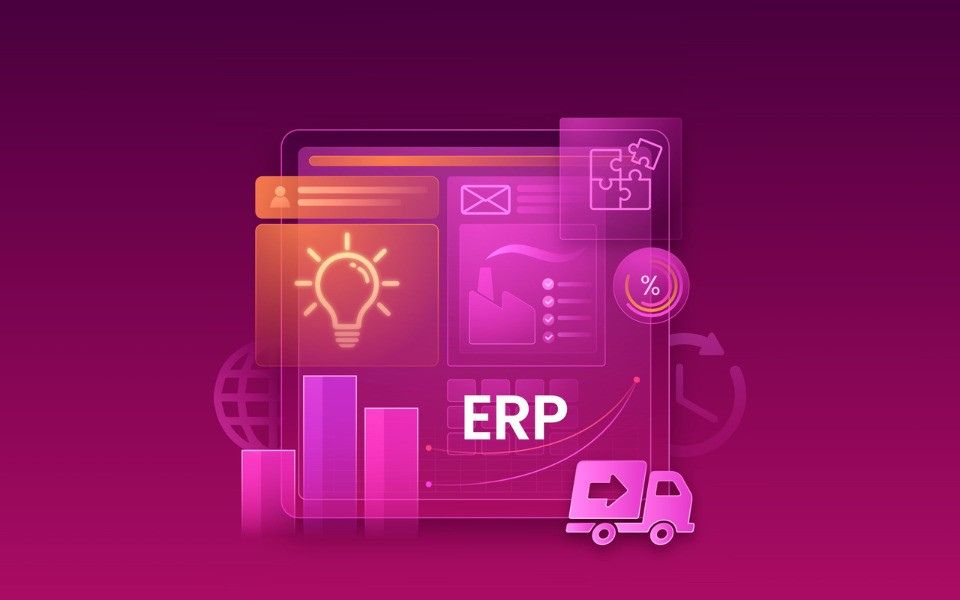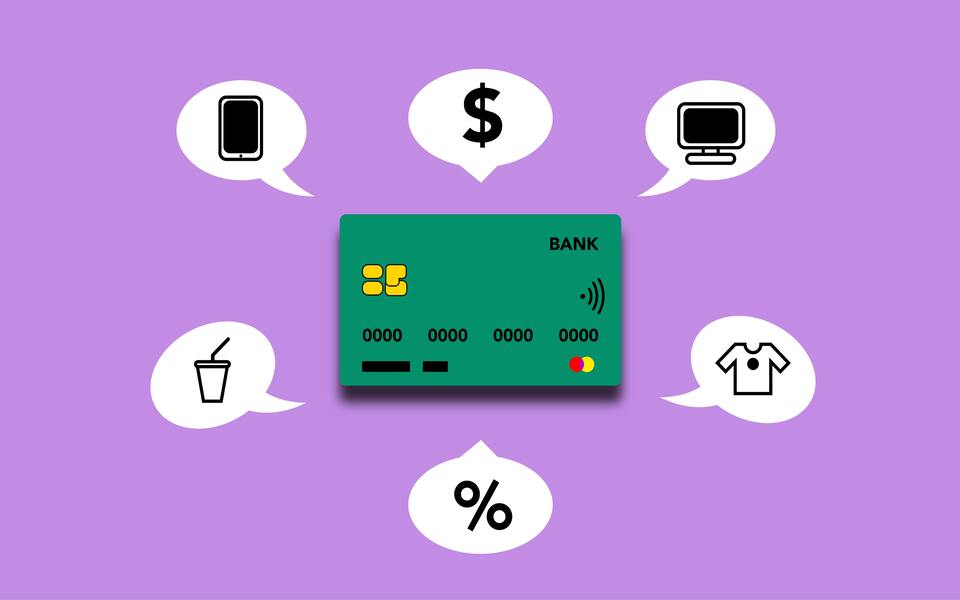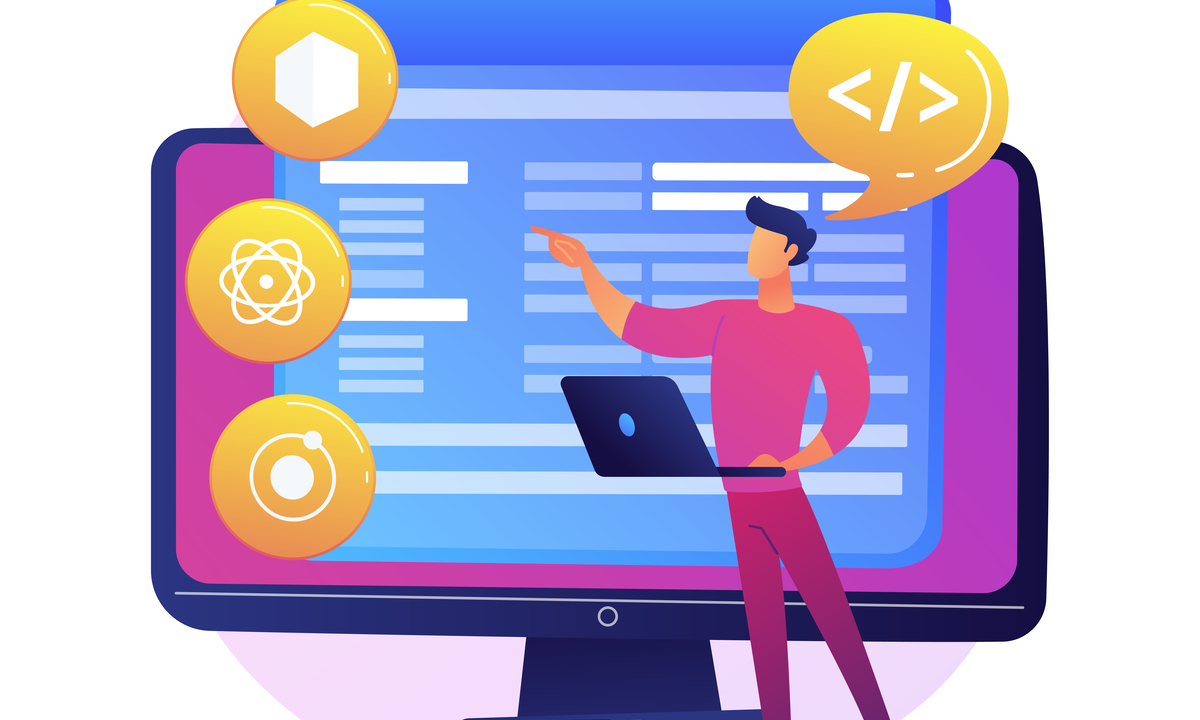
In the United States, grant management plays a crucial role in distributing billions of dollars annually to support various initiatives, from scientific research to community development. The effectiveness of this process is measured not by the amount dispersed, but by the tangible improvements in citizens' lives. As government and public sectors strive to become modern, trusted, and agile, technology emerges as a key enabler in this transformation.
Modernization: Driving Efficiency and Effectiveness
_1721216914.jpeg)
Many U.S. government agencies still rely on outdated systems for grant administration, creating a significant opportunity for improvement. To address this, organizations should approach grant management modernization as a comprehensive digital transformation project rather than a mere technology upgrade. This holistic approach encompasses process optimization, skill development, service delivery enhancement, governance improvement, and data-driven insights.
For instance, the Department of Health and Human Services (HHS) implemented a modernized grants management system in 2020, resulting in a 30% reduction in application processing time and a 25% increase in applicant satisfaction rates.
Importantly, the benefits of modernization extend beyond government agencies. Non-profit organizations and service providers also stand to gain from streamlined processes. The National Council of Nonprofits estimates that U.S. nonprofits spend an average of 15% of grant funds on administrative tasks related to compliance and reporting. Modern grant management systems can significantly reduce this burden.
By deploying robust online processes and case management solutions, both public servants and case workers can focus on high-value tasks. Data analytics can provide insights into application processing times, helping both government agencies and providers optimize their operations.
Building Trust Through Data-Driven Insights
Transparency is key to building trust in grant management. A modern administration platform can provide valuable data insights in several areas:
1. Process Efficiency: Tracking metrics such as application volumes, case worker productivity, and error rates can highlight areas for improvement.
2. Fund Allocation: Detailed tracking of how and where funds are spent can help identify potential misuse and inform future policy decisions.
3. Socioeconomic Impact: By aggregating data across various grant types, agencies can create a comprehensive picture of how grants are impacting communities.
The U.S. Government Accountability Office (GAO) has consistently emphasized the importance of data-driven grant management. In a 2021 report, the GAO recommended that federal agencies enhance their use of data analytics to improve grant oversight and performance measurement.
Gaining Agility Through Adaptive Technologies
_(1)_1721216945.jpeg)
Agility in grant management goes beyond speed; it's about adaptability. A modular approach to solution building, based on configurable components, can reduce implementation time while allowing for future modifications. This flexibility is crucial in the ever-changing landscape of public policy and community needs.
The COVID-19 pandemic underscored the importance of agility in grant management. Agencies that had invested in flexible, cloud-based grant management systems were able to rapidly deploy emergency funding programs. For example, the Small Business Administration's Paycheck Protection Program, despite initial challenges, ultimately distributed over $800 billion in loans, largely due to its agile, technology-driven approach.
Fostering a culture of change is equally important. Organizations that embrace ongoing adaptation and equip their teams with collaborative execution tools are better positioned to manage change effectively.
Improving Outcomes Through Technology
Ultimately, the goal of modernizing grant management is to create better outcomes for citizens. This includes:
- Reducing administrative costs
- Improving grant accessibility
- Enhancing support for grant recipients
- Increasing trust in the grant system
A study by the Pew Charitable Trusts found that states using advanced data analytics in their grant management processes saw an average 15% improvement in program outcomes across various sectors, including education and public health.
Technology, when implemented as part of a comprehensive transformation program, can provide the means to measure and improve these outcomes. It offers the assurance that grants are achieving their intended purposes and making a real difference in communities across America.
In conclusion, while digital transformation in grant management involves more than just deploying new technology, innovative tech solutions are indispensable in this journey. By embracing these advancements, U.S. government agencies and public sector organizations can create more efficient, transparent, and impactful grant programs, ultimately serving the American public more effectively.
Want to start a project?
Get your Free ConsultationOur Recent Blog Posts

© 2025 CSM Tech Americas All Rights Reserved




















